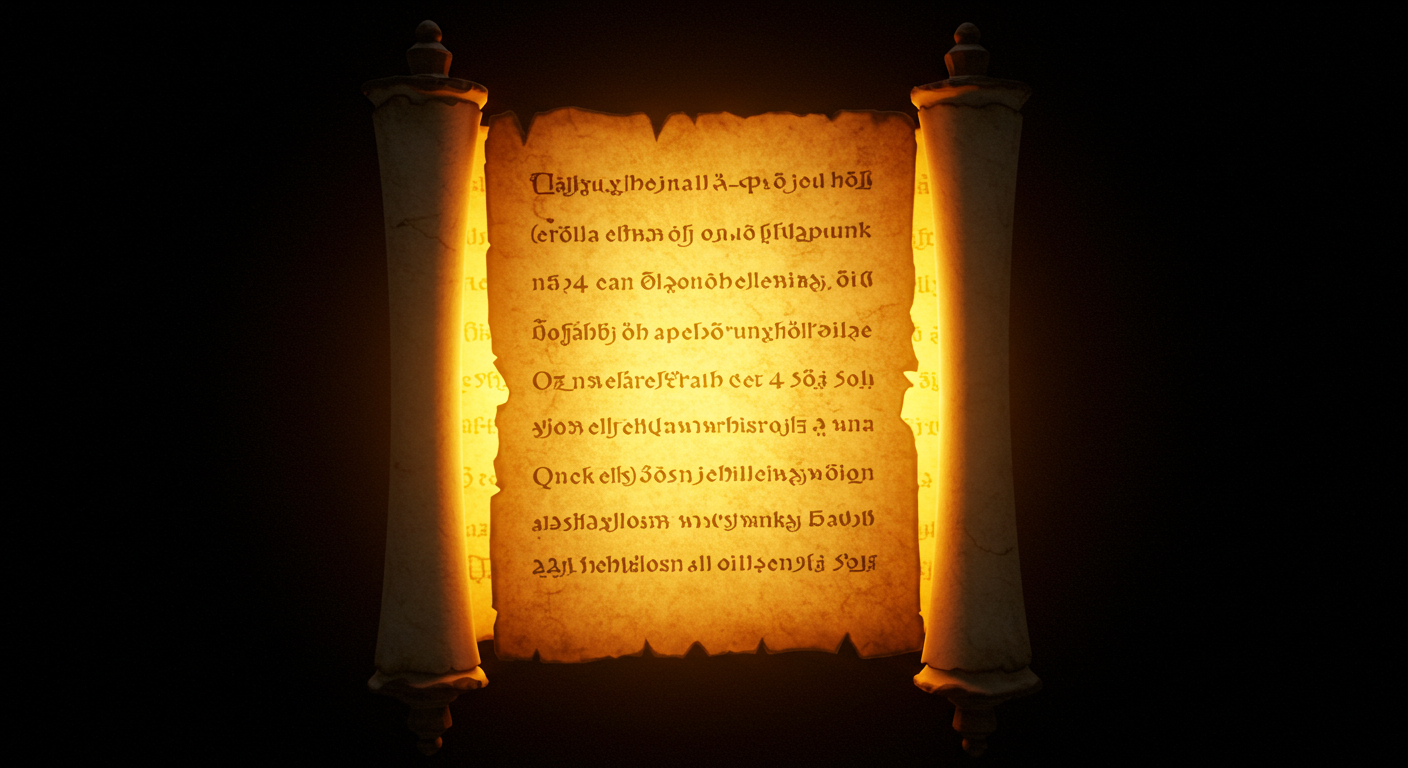Discover the modern relevance of Revelation 14:6-12’s Three Angels’ Messages. Explore timeless truths, urgent calls for spiritual readiness, and divine symbolism today.
The Three Angels’ Messages: What Do They Mean For Today? – Revelation 14:6-12
Prophetic visions have always fascinated believers and scholars alike, offering glimpses into divine messages, future events, and God’s overarching plan for humanity. Among these, the Three Angels’ Messages in Revelation 14:6-12 stand out as some of the most compelling and urgent calls for spiritual readiness and devotion. But what do these messages mean for us today, living in the 21st century, and how can we apply their timeless truths in our lives?
Introduction to Prophetic Visions
Definition of Prophetic Visions
Prophetic visions are extraordinary revelations given by God to selected individuals, known as prophets, to communicate His divine will and plans. These visions often contain rich symbolism and vivid imagery, serving as powerful visual tools to convey complex spiritual truths. In the Bible, prophetic visions played a pivotal role, guiding nations, foretelling events, and offering both warnings and promises from God.
Purpose of Prophetic Visions
God’s use of visions to communicate with prophets showcases His desire to bridge the divine with the human. These visions were not mere predictions; they were vehicles for guidance, correction, and encouragement. By conveying His messages through vivid visual experiences, God ensured that these revelations would be impactful and memorable, prompting reflection and action among His people.
Historical and Cultural Context
To fully comprehend the significance of prophetic visions, it’s essential to understand the historical and cultural backdrop in which they occurred. Biblical prophets lived in times of political turmoil, social upheaval, and spiritual apostasy. Their visions often addressed the immediate challenges faced by their communities, such as impending invasions, calls for repentance, and assurances of divine intervention. By studying the context of these visions, we gain deeper insights into their meanings and relevance.
Context of Each Prophetic Vision
Scriptural Background
The Three Angels’ Messages are found in Revelation 14:6-12, a passage nestled within a larger narrative of apocalyptic events. The Book of Revelation, attributed to the Apostle John, is rich with symbolic language and is often interpreted as both a depiction of historical events and a prophetic vision of the end times. The messages delivered by the three angels occur after a series of judgments and serve as a final call to humanity before the ultimate culmination of God’s plan.
Prophet’s Role and Mission
John, the recipient of these visions, was exiled to the island of Patmos when he received the Revelation. His mission was to share these visions with the early Christian churches, offering both comfort in the face of persecution and exhortations to remain faithful. John’s role was crucial in delivering these urgent messages, emphasizing the importance of righteous living and steadfast faith.
Vision’s Imagery and Symbolism
Revelation 14:6-12 showcases a series of three distinct angelic proclamations, each rich with imagery and symbolic meaning. The first angel announces the “everlasting gospel” and calls for worship of the Creator. The second angel pronounces the fall of Babylon, as a symbol of corrupt earthly powers. The third angel warns against worshipping the beast and its image, emphasizing the dire consequences of aligning with evil. Each message builds upon the previous ones, creating a crescendo of divine warnings and appeals.
Theological Significance
These visions hold profound theological significance, touching upon themes of judgment, redemption, and divine sovereignty. The call to worship the Creator underscores God’s ultimate authority and the imperative of acknowledging His creative power. The fall of Babylon symbolizes the eventual downfall of all corrupt systems opposed to God’s kingdom. The dire warning against worshipping the beast highlights the eternal consequences of rejecting God’s offer of salvation. Collectively, these messages reinforce key biblical themes and the urgency of making a spiritual commitment.

Interpretation of the Vision’s Message
Immediate Message for the Original Audience
For the early Christian audience, the Three Angels’ Messages served as a clarion call to persevere in their faith, despite severe persecution and trials. They were reminded of the eternal nature of the gospel and the inevitability of divine justice. The fall of Babylon offered hope that oppressive regimes would not prevail against God’s kingdom. The warnings against worshipping the beast urged believers to resist all forms of idolatry and remain true to their faith.
Prophetic Fulfillment
Historically, the Three Angels’ Messages have been seen as both fulfilled and ongoing. The various oppressive “Babylons” throughout history, from the Roman Empire to totalitarian regimes, have risen and fallen, underscoring the transient nature of earthly power. Spiritually, the call to worship God as the Creator and the warning against idolatry remain perpetually relevant, echoing across the centuries to guide and admonish successive generations of believers.
Relevance to Modern Readers
Today, the Three Angels’ Messages resonate with modern readers by addressing timeless spiritual and moral concerns. The call to worship the Creator invites us to recognize and honor God’s sovereignty in an increasingly secular world. The fall of Babylon serves as a reminder that justice will ultimately prevail, offering solace amid contemporary injustices. The warning against worshipping the beast challenges us to examine our loyalties and ensure that our values align with divine principles rather than worldly allurements.
Comparative Analysis
Comparison with Other Biblical Visions
Comparing the Three Angels’ Messages with other prophetic visions in the Bible reveals common themes and distinctive elements. For instance, the visions in the books of Daniel and Ezekiel also feature symbolic imagery and speak of divine judgment and redemption. While Daniel’s visions focus on world empires and eschatological events, Ezekiel’s visions highlight the restoration of Israel and the overarching sovereignty of God. Together, these prophetic visions weave a complex tapestry of divine revelation, illustrating God’s plan for humanity across different contexts and periods.
Historical and Eschatological Perspectives
The interpretation of the Three Angels’ Messages has evolved, with various theological traditions offering unique perspectives. Historically, these visions have been associated with key events such as the Reformation and the rise and fall of political powers. From an eschatological standpoint, many Christian denominations view these messages as pivotal in understanding end-time events. Scholars and theologians continue to debate their specific implications, yet they universally agree on their profound spiritual and moral urgency.
Conclusion
Summary of Key Insights
In summary, the Three Angels’ Messages in Revelation 14:6-12 provide a powerful and urgent call for spiritual readiness, worship of the Creator, and resistance to corrupt spiritual and worldly powers. These messages are deeply rooted in the prophetic tradition and are interwoven with rich symbolism and theological significance. By understanding their historical context and prophetic fulfillment, we can better appreciate their relevance and application to our lives today.
Final Thoughts on Prophetic Visions
Prophetic visions offer a unique lens through which we can understand God’s plan and purpose. They serve as both warnings and promises, guiding believers through the complexities of life with divine wisdom. The Three Angels’ Messages, in particular, remind us of the ongoing spiritual battle and the ultimate triumph of God’s kingdom. Reflecting on these visions can inspire us to live faithfully and expectantly, knowing that God’s promises are sure and His justice will prevail.
Additional Resources
Further Reading
For those looking to delve deeper into the study of prophetic visions and the Three Angels’ Messages, consider exploring the following resources:
- “Daniel and Revelation: A Study in Expectation” by Barclay Newman
- “The Great Controversy” by Ellen G. White
- “Prophetic Imagination” by Walter Brueggemann
Study Questions
Reflect on the following questions to deepen your understanding and application of the Three Angels’ Messages:
- How does the call to worship the Creator in the first angel’s message resonate with your current spiritual practice?
- What parallels can you draw between the fall of Babylon and contemporary societal challenges?
- In what ways can you resist modern-day forms of idolatry as warned against in the third angel’s message?







